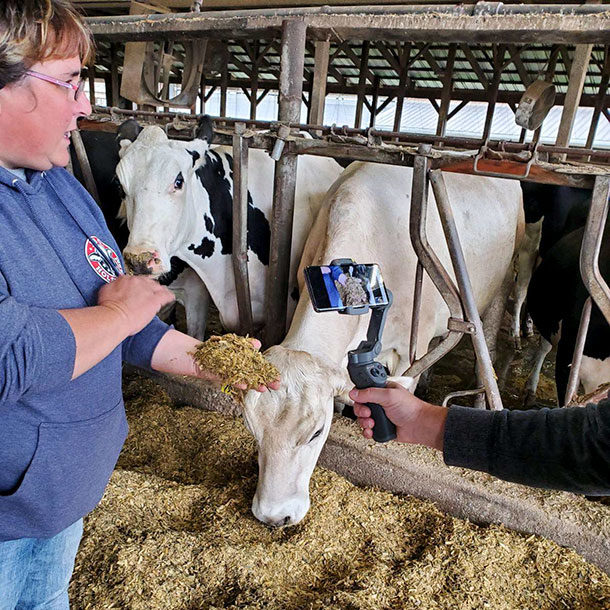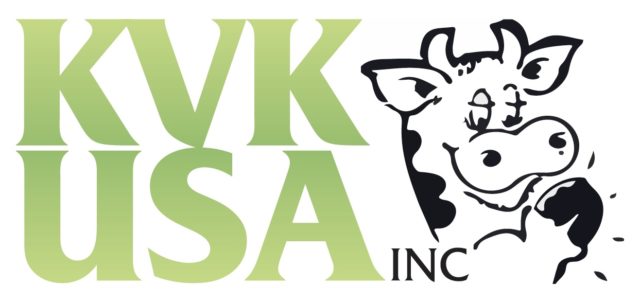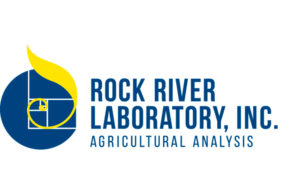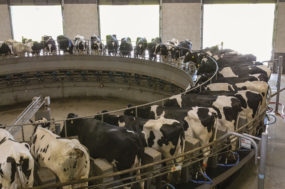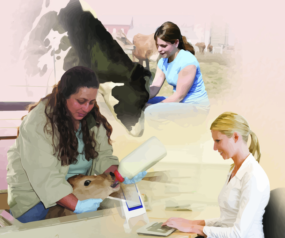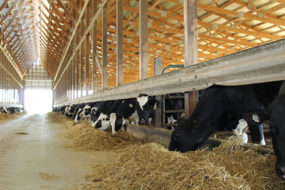For many, navigating social media and deciding on the appropriate platform to share farm news can be difficult. To address some of these issues, Emma Andrew-Swarthout and Jennie Nguyen of the American Dairy Association North East (ADANE) hosted a webinar in May called “Telling Your Dairy Farm Story with a Virtual Farm Tour,” where they walked viewers through the steps to create and share their own virtual farm tour.
Before a farm tour can be done – virtually or not – the tour’s content should be planned. If consumers are the audience, the tour should address some common misconceptions consumers may have about dairy farming. Andrew-Swarthout and Nguyen suggest covering topics such as animal care, environmental stewardship and the nutritional value of milk. They recommend avoiding tendencies to humanize cows or to discredit other farmers or farming practices. Other preparations should include a walk-through of the tour beforehand, verifying internet connection throughout the farm and coordinating a cameraperson.
Some basic equipment should be obtained, especially if tours are longer or more than one is planned. A noise-canceling headset is useful in eliminating farm noises and wind, as well as for providing crisp audio to hear the speaker. To ensure smooth footage, a phone or camera gimbal can stabilize the filming device. If the producer is within ADANE territory, grants of up to $200 are available to purchase these pieces of equipment for virtual farm tours. Similar grants are available from other local dairy checkoffs.
The virtual farm tours ADANE have posted are done using Zoom, which allows for significant audience control and a large number of participants, but there are a variety of platforms that can be used. Google Hangouts is similar to Zoom but allows unlimited time for tours. It is better suited for smaller tours, as only 25 participants can join the presentation.
Social media offers a few options to livestream a farm tour. Andrew-Swarthout and Nguyen spent a large part of the webinar detailing the steps and benefits of broadcasting on Facebook Live and Instagram Live. They provided several tips to make the best of both platforms:
- Ensure a strong internet connection is established.
- Engage with and acknowledge viewers.
- Promote the farm livestream tour ahead of time.
- Collaborate with other farmers and influencers.
Regardless of the chosen platform, it is important to be thoughtful about the information a farm tour should include. Whether social distancing measures are in place or not, virtual farm tours are a great way to engage with consumers and others in the dairy industry. Social media and video chat platforms offer an easy way to promote farms and address misconceptions about the dairy industry.
If you're thinking of hosting a virtual farm tour, read this article to hear about the tour experiences of three different farms.
